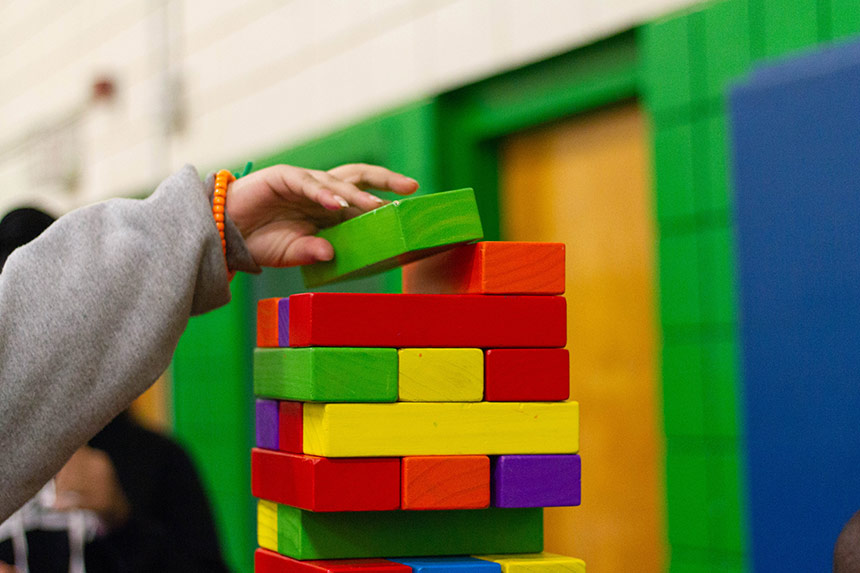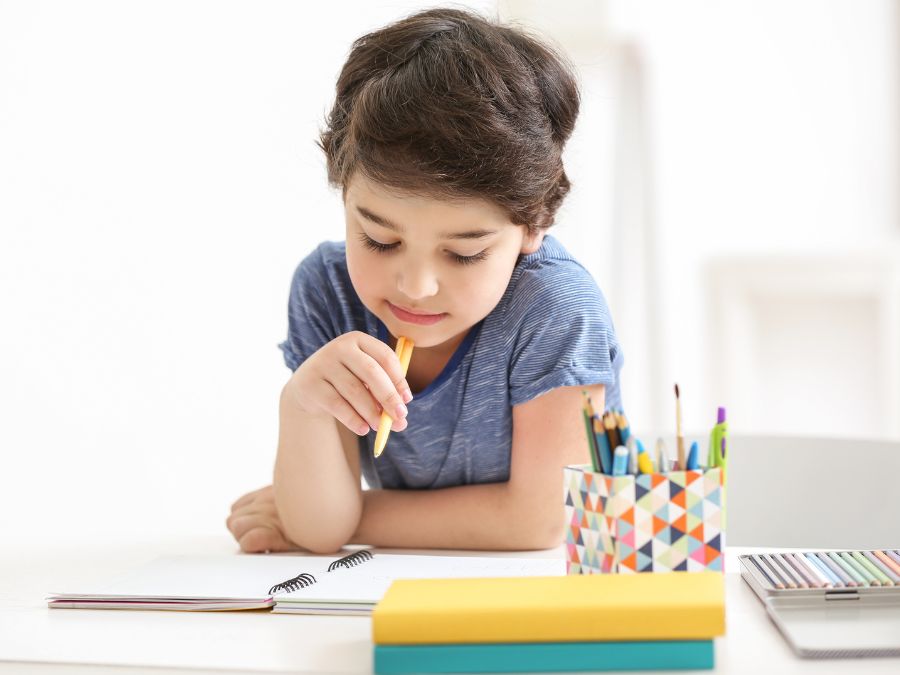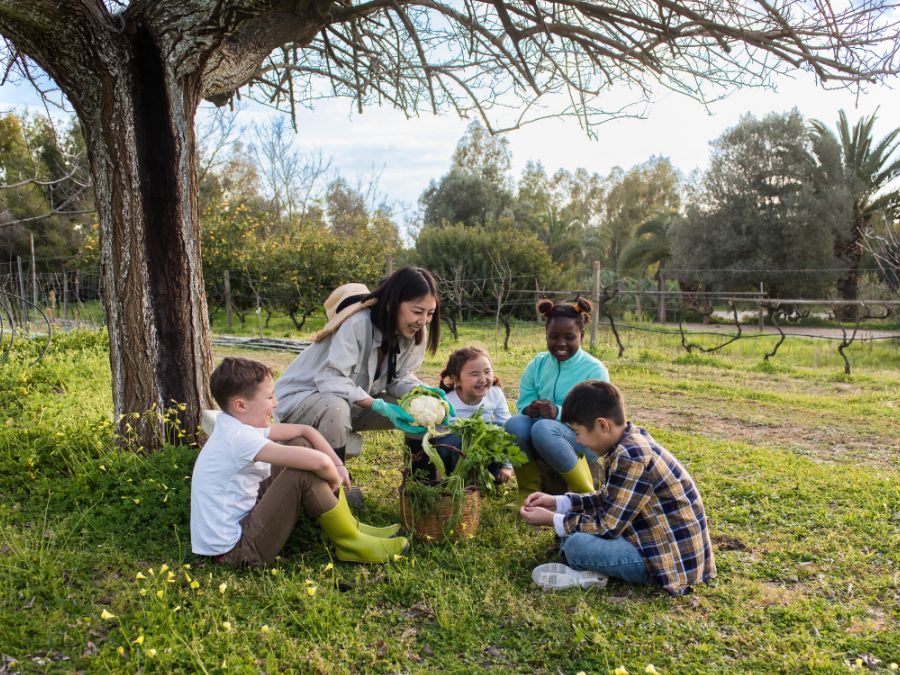
Summertime offers a chance to pause and reflect. This past year our team has had the good fortune to meet with, teach, and learn from dozens of organizational leaders and well over 10,000 participants from around the country and beyond. HOPE resonates with the values and work of so many other programs, organizations, and frameworks. At the same time, HOPE coalesces many years of research, thinking, and practical experience. What does HOPE add? Why are so many people and organizations interested? Why now? Here are a few of our thoughts; please let us know what you think! Share your thoughts on our contact form.
HOPE centers the experiences of the child. This approach adds to the family focus of the Strengthening Families Protective Factors approach, and the policy and norms perspective of the CDC’s Essentials for Childhood program. These two approaches, both grounded in the prevention of child maltreatment, have been widely adopted – Strengthening Families in the child welfare system, and Essentials in state government.
The four building blocks of HOPE, which were drawn from a review of studies of effective interventions, weave together other important concepts:
- HOPE includes new work on early relational health, and provides a context, built on epidemiology and brain science, to underscore the key role of safe, stable, nurturing relationships in child development.
- HOPE pulls together many aspects of a child’s environment. Safe, stable, and equitable environments to live, learn and play include the social determinants of health. Children need food, shelter, and other concrete supports. They also need emotional safety found in positive school environments, spiritual communities, and access to nature, and homes where they feel safe and valued.
- HOPE calls out the importance of active engagement in the world. This is how we all develop the sense that we matter in the world, and find meaning in our lives and efforts. This deep understanding evolved from a variety of programs, from the parent cafés disseminated by Be Strong Families, to the positive youth development model for adolescents, to the world of first grade teachers who know the value of assigning classroom tasks to six-year-olds.
- HOPE also recognizes that social and emotional growth happen best when children have opportunities for child-directed peer play. This happens in settings ranging from extended families and communities where cousins play together to city neighborhoods where adults watch over kids in the playground.
Looked at this way, HOPE provides a framework for a comprehensive understanding of child development that highlights what they need to experience to thrive. In this way it serves as an important complement to everything that we have learned about childhood adversity, and how constant threat and fear can undermine long term child and adult health.
But let’s dig deeper to better understand the implications of the HOPE framework. First of all, we can act -as parents, providers, policy makers, or communities – to improve children’s access to these key positive experiences. We know that paid parental leave supports early relational health and decreases child abuse. High quality early education offers young children a safe place to learn and play, and lays an important foundation for emotional growth. Safe neighborhoods, after-school activities, and religious or spiritual communities create opportunities for engagement.
Second, HOPE can change the relationship between families and their providers. Risk assessment often leads to emotional distancing, and focuses the provider’s attention on a person’s problems and deficits. In contrast, a HOPE-informed approach uses the building blocks to better understand the family holistically including their strengths, connections, and experiences. The process of identifying these strengths and celebrating them sets the stage for collaborative problem solving based on respect and understanding. Several HOPE training participants have told us that HOPE-informed practice helped them fight burnout; family members were more than problems to be solved.
Third, HOPE can support an anti-racist approach to working with children and families. Understanding people as individuals, as opposed to a list of risk factors, exemplifies evidence-based approaches to bias reduction[1]; seeing a person or family more fully – their strengths as well as their problems, eases the ability of the provider to take the perspective of those they serve. Perspective-taking is another evidence-based method for bias reduction. Finally, the HOPE framework supports our common human dignity through creating tools to reduce participant’s experience of racism in engaging with services. (Link here)
HOPE is built on the foundational understanding that our brains can change. We now understand that our brains constantly change in response to experience. The foundational work on ACEs and toxic stress that began in the 1990’s demonstrated the long term effects of childhood experiences. HOPE adds the newer knowledge of the role of positive experiences, their effects on brain wiring, and the importance of oxytocin in supporting human connection during child development. Knowing that our brains continue to grow and change helps set the stage for hope, as it makes clear that our past experiences don’t determine our destinies. As the late great Carl Bell summarized: “Risk factors are not predictive factors because of protective factors.”
Finally, when we started on this journey we imagined that HOPE would work by changing the mindset of providers and the families we serve. We have learned that this was incomplete, if not untrue. In fact, HOPE resonates because it touches the spirit of those who work with children and families. So many people enter into this work with a sense of the possible, curiosity about the experiences of others, and to experience the joy of watching families thrive. When we enter conversations about HOPE, it touches that spirit of growth and joy. HOPE provides a context for the work of identifying and addressing family problems, and supports true collaborative goal-setting and collaboration. We have learned that HOPE structures and validates many forms of strengths-based care. It offers a common language, a context for understanding the effects of adversity, and a guide to action.
Thank you all for teaching us so much, and for your enthusiasm and engagement. We look forward to continuing our journey together. Please add your comments, send this blog to your friends, look at the HOPE resource page, take our online training, or invite HOPE to your next conference.
Photo by La-Rel Easter on Unsplash
[1] Burgess, D., van Ryn, M., Dovidio, J., & Saha, S. (2007). Reducing Racial Bias Among Health Care Providers: Lessons from Social-Cognitive Psychology. Journal of General Internal Medicine, 22(6), 882–887.
Devine, P. G., Forscher, P. S., Austin, A. J., & Cox, W. T. L. (2012). Long-term reduction in implicit race bias: A prejudice habit-breaking intervention. Journal of Experimental Social Psychology, 48(6), 1267–1278.


